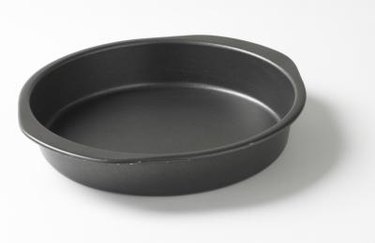
Not all pans are alike. Today, pampered chefs can choose between metal and glass pans, as well as newer silicon bakeware. When following a recipe or instructions on a box, it is important to adjust the recommended baking time in order to prevent your food from burning.
Glass Pans
Video of the Day
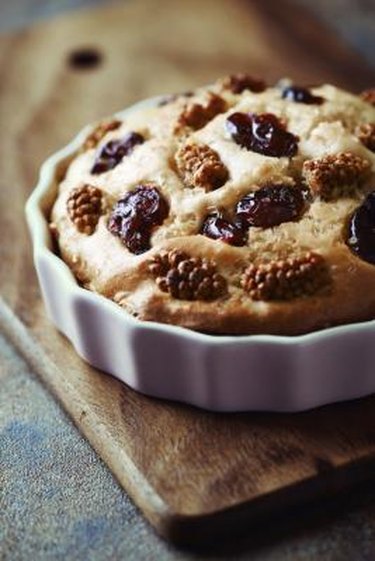
Glass pans tend to absorb heat quickly; as a result, food bakes more quickly in a glass pan than in a metal pan. Food also tends to bake more evenly in glass pans, browning rather than burning. Glass pans also score points for being easy to clean and for not staining easily, a common complaint about metal pans. Glass pans are usually made of tempered glass--first on the market in 1915--and can handle acidic foods better than most metal pans.
Video of the Day
Metal Pans
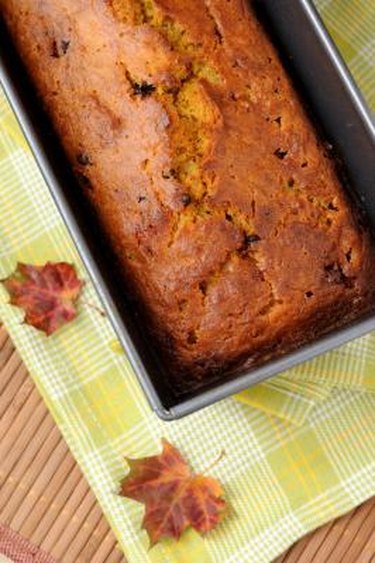
There are many different types of metal baking pans; most are made of aluminum because aluminum does not rust easily. There are three major factors that will affect how long it takes to bake something in a metal pan--the color of the metal, how shiny the metal is and whether the metal is coated or uncoated. The darker the metal, the more heat your pan will absorb, and the faster your food will bake.
Baking Time
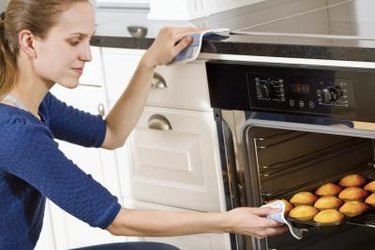
Baking time depends on the finish and material of your bakeware. Many boxed cake and brownie mixes give different suggested baking times for different types of pans. Betty Crocker recommends decreasing a recipe's baking time by three to five minutes if you choose to use either a glass pan or a dark, nonstick metal pan. This will prevent the bottom and edges of your brownies or cake from becoming charred and crunchy.
Temperatures
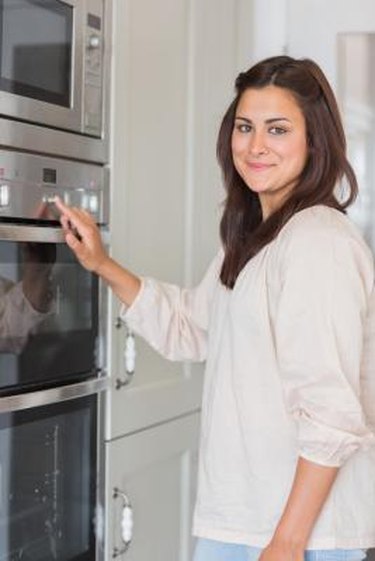
Most boxed dessert kits instruct that you should preheat the oven at a lower temperature when using a dark or nonstick pan; glass or darker, nonstick metal pans should be heated to a slightly lower temperature, usually about a 25 degrees F difference. This will ensure you don't burn the food you are cooking. If you are using lighter metal pans without a coating or insulation, do not adjust the recipe or temperature.